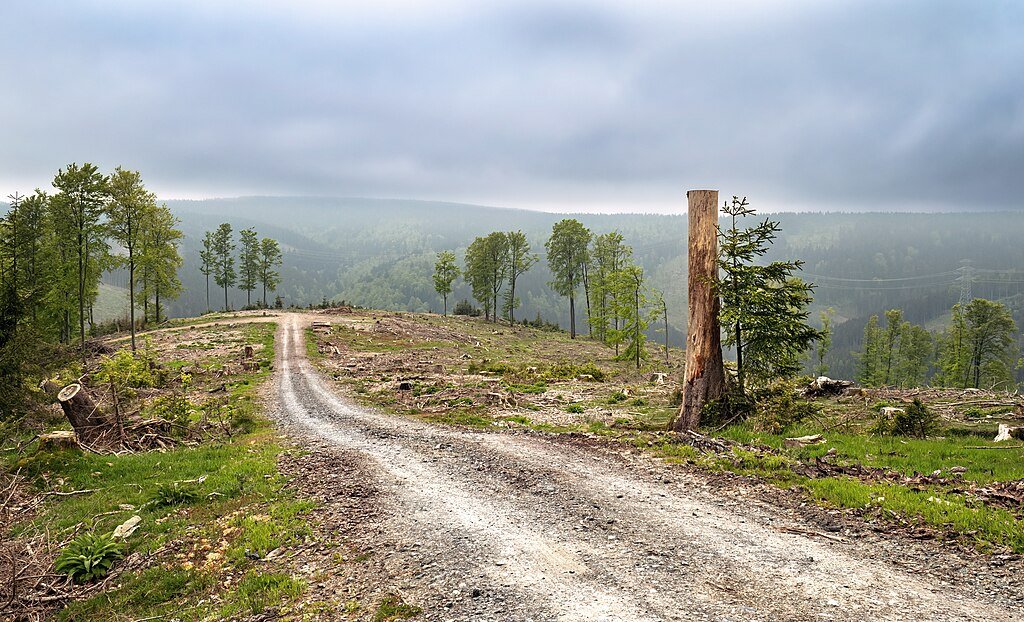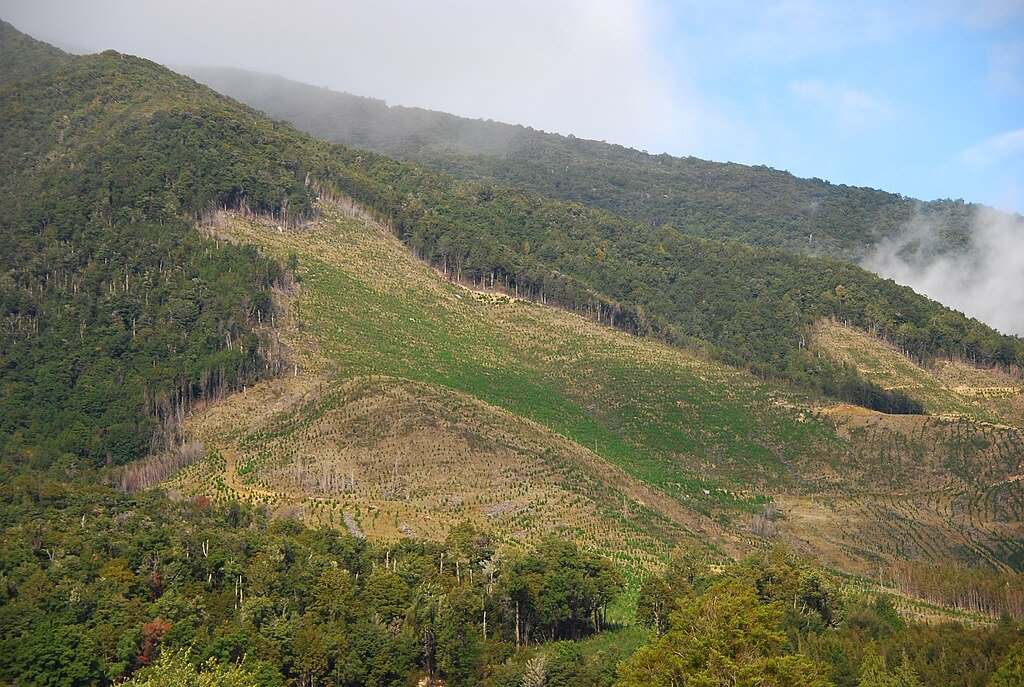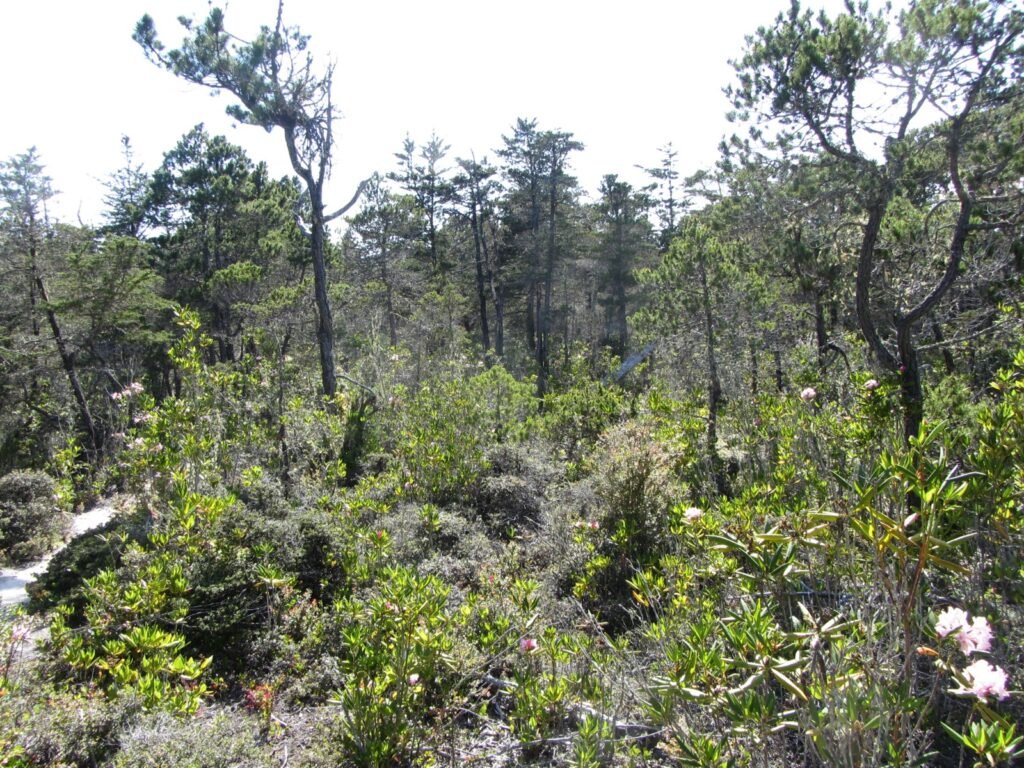Deforestation involves the large-scale removal of trees from forested areas. This practice, often driven by the growing demands of agriculture, urbanization, and industry, poses a complex dilemma: balancing the immediate needs of human livelihoods with the long-term necessity of conserving forest species. This duality leads to heated debates among environmentalists, economists, and policymakers alike.
The Economic Justification for Deforestation

From an economic perspective, deforestation is frequently justified as a means of advancing human development. Forests are cleared to provide land for agriculture, which supports local and global food markets. Additionally, they facilitate infrastructure projects that drive economic growth and create jobs. In developing countries, the exploitation of timber as a resource can stimulate economic activity and provide an immediate source of livelihood for communities.
Deforestation’s Impact on Ecosystem Services

Forests offer invaluable ecosystem services, such as carbon sequestration, water cycle regulation, and soil preservation. The destruction of forest habitats diminishes these services, leading to long-term environmental changes that can undermine the very livelihoods that initial deforestation sought to support. This means that while deforestation might offer short-term economic benefits, it can result in detrimental effects like soil degradation, loss of biodiversity, and climate change in the long run.
The Threat to Biodiversity

Forests house approximately 80% of the world’s terrestrial biodiversity. The relentless clearing of these habitats has led to the endangerment and extinction of countless species. Not only does biodiversity loss affect species directly, but it also disintegrates the intricate web of ecosystem interactions that many humans rely on, such as pollination, nutrient cycling, and pest control.
Social Implications of Deforestation

For indigenous and local communities, forests are deeply intertwined with cultural identity, spiritual values, and traditional knowledge. Deforestation often disrupts these connections and may lead to the displacement of these communities, not only threatening their cultural heritage but also their survival strategies which have been developed over centuries.
Sustainable Solutions and Alternatives

Reconciling deforestation’s role in economic development with the imperative of conserving forest species calls for sustainable solutions. Agroforestry, reforestation, and the implementation of strict legal frameworks for land use can provide balanced approaches. International cooperation and investment in sustainable technologies can also diminish the reliance on deforestation.
Conclusion: Striking a Balance

The controversy surrounding deforestation underscores a fundamental challenge: balancing human and ecological needs. A shift toward sustainable practices that incorporate the value of ecosystems alongside economic activities is critical. Effective policy-making, grassroots involvement, and global awareness are essential to ensure a future where both human communities and forest species can thrive.




